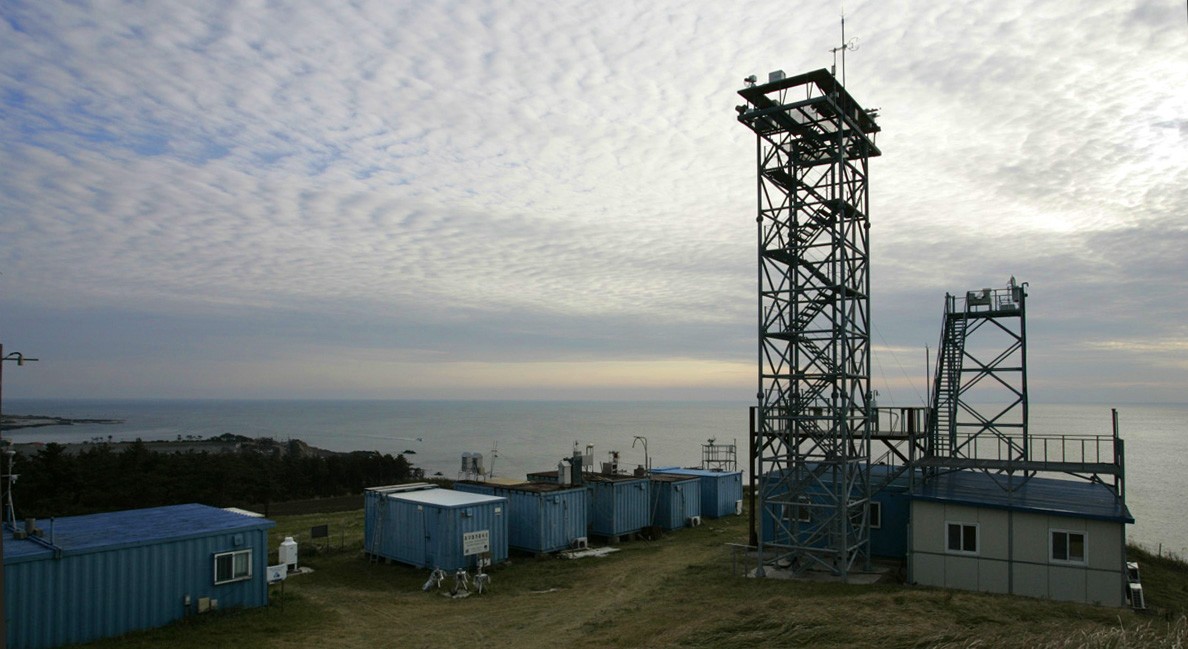

Climate Change
How scientists unraveled the mystery behind the return of a banned greenhouse gas
The apparent spike in CFC-11 production in China underscores the importance of ongoing emissions monitoring—and the limits of our current system.

An international scientific mystery story began to unfold a year ago, when scientists with the National Oceanic and Atmospheric Administration (NOAA) unveiled a surprising finding in the journal Nature: some factories, somewhere, appeared to be producing CFC-11 again.
The ozone-depleting substance, which is also a potent greenhouse gas, was phased out in 2010 under the Montreal Protocol, an international treaty to restore the planet’s protective ozone layer.
Existing stocks of the chemical, used in refrigerants and to produce foam insulation, were expected to continue leaking out into the atmosphere for decades. But after 2012, a previously steady rate of decline in these emissions was suddenly cut in half, suggesting an increase of around 13,000 metric tons per year.
Another paper in Nature today, featuring more than 30 authors from major international research institutions, adds compelling new evidence against the leading suspect in the whodunit: factories in eastern mainland China. Starting in 2014, annual CFC-11 emissions ticked up by about 7,000 metric tons in that region, primarily from the northeastern provinces of Shandong and Hebei. That accounts for more than half of the emissions spotted in the earlier paper.
The result, based on detections by nearby air monitoring stations and simulations of weather and gas movement patterns, provides scientific corroboration on top of on-the-ground evidence implicating Chinese factories, which has been building since the paper first appeared.
The case is now “pretty definitive,” says Ray Weiss, a geochemist at the Scripps Institution of Oceanography at the University of California, San Diego, and a coauthor of the study. He notes, however, that the scientific evidence doesn’t indicate whether rogue factories in the regions had decided to produce and use the chemical on their own or had acted with the tacit approval of the Chinese government.
Following the initial study, the New York Times reported—citing interviews, documents, and advertisements—that the major source was probably Chinese factories using CFC-11 to produce foam insulation for refrigerators and buildings. The article also noted that the Environmental Investigation Agency, a group based in Washington, DC, said it had identified eight factories in different parts of China that were using the chemical.
In a subsequent Times piece, the same group said that independent lab tests confirmed the use of CFC-11 in “three enterprises.” Chinese officials said they had closed down several factories and would take additional steps to halt its production and use.
The researchers behind the new study traced the source by looking back at earlier signals that hadn’t been spotted at the time, picked up in air monitoring stations operating under the Advanced Global Atmospheric Gases Experiment (AGAGE), an international collaboration set up decades ago to track pollutants like carbon dioxide, methane, and chlorofluorocarbons.
Starting around 2013, a monitoring station on the southwestern tip of Jeju Island, about 100 kilometers (62 miles) south of the Korean peninsula, began to detect spikes in levels of CFC-11 drifting from some unknown industrial areas in eastern Asia. Another station, on Japan’s Hateruma Island, near Taiwan, picked up similar increases in the chlorofluorocarbon.
Different international research groups then ran four different models, each of which simulated how gases move and mix in the atmosphere. By matching up past weather patterns like wind speed and direction with the points when CFC-11 levels waxed and waned, each of the models separately traced the source back to the eastern edge of China.
The new Nature paper found that global CFC-11 emissions increased by between 11,000 tons and 17,000 tons per year from 2014 through 2017. The spike in eastern China makes up between 40% and 64% of that total, leaving the rest of the rise unaccounted for.
There could be a few explanations, including atmospheric pattern changes that might have slowed the rate of decline. But a likely reason is that CFC-11 emissions ticked up in other parts of the world, potentially including different regions in China, where the limited network of monitoring stations simply couldn’t pinpoint their location.
Depending on how you count them, AGAGE has only a little more than a dozen stations operating today, leaving big gaps in monitoring across South America, Africa, and major stretches of Asia.
The CFC-11 incident underscores the importance of continuing to monitor global adherence to pollution accords. That will only become more crucial in the years to come, since the world needs to determine which nations are and aren’t complying with their commitments to cutting greenhouse-gas levels under the landmark Paris climate agreement.
It also highlights the shortcomings of the existing detection network, given its vast blank spots around the globe.
“At the end of the day, any treaty that doesn’t have an independent verification mechanism isn’t going to be successful,” says Ronald Prinn, a professor of atmospheric science at MIT, a principal investigator at AGAGE, and a coauthor of the new study. “But verification of something like the Paris agreement would require many more stations than we currently have.”
Specifically, he says the world would need about 10 times the current number, as well as a complement of more and better satellites, to comprehensively track greenhouse-gas emissions at the nation-by-nation level. There have been some advances in developing and launching satellites and analysis tools that more reliably detect levels of various gases from space, though they’re better at picking up high-concentration greenhouse gases like carbon dioxide than more dilute ones like CFCs.
“There’s been some small progress on the number of AGAGE stations as well, but it’s moving far too slowly and will have to be ramped up very quickly,” he says.